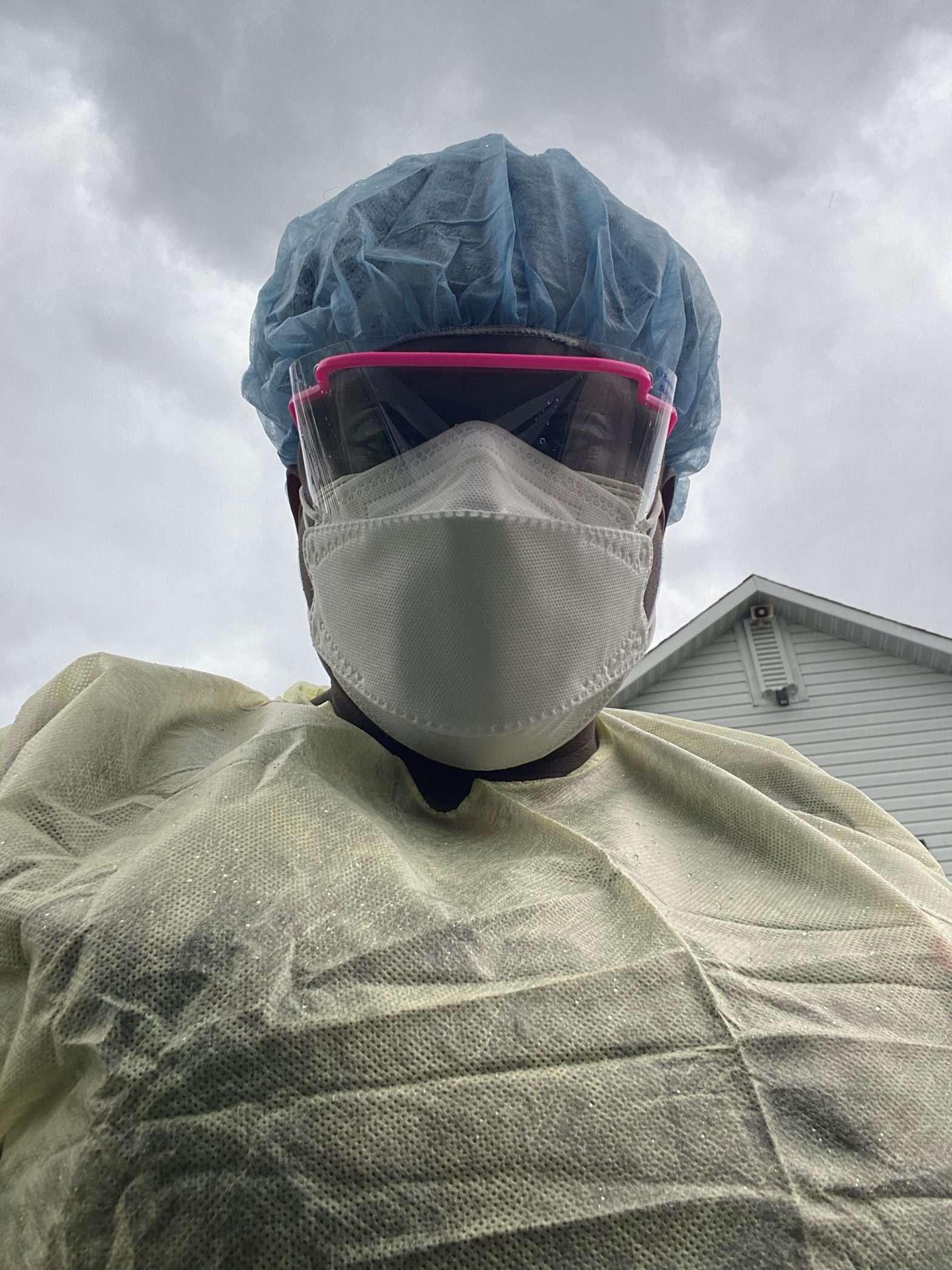
In early 2020, when the world began hearing reports of a virulent and deadly new disease spreading rapidly through Wuhan, China, no one knew what it would eventually mean for the global population and how what would become known as COVID-19, the disease resulting from spread of the novel coronavirus, would forever change our lives.
When the annual APTA Combined Sections Meeting was taking place in February in Denver, Colorado, the virus still seemed far off. A few weeks later, it was ravaging Europe, with infection rates and the death toll rising at an alarming rate worldwide.
As cases spiked in the U.S., airlines were grounded, and spring break holiday makers found themselves stranded. Cruise ships were turned away from ports, leaving passengers trapped at sea. National sports were halted, and, for the first time ever, the lights went out on Broadway.
The world was reeling, the demand for care was increasing, and many health care providers were faced with responding to a disease with incomplete knowledge and inadequate resources.
By the second week of March, COVID-19 was impacting the association. On March 12, the organization closed its national offices to keep workers safe. Overnight, staff pivoted seamlessly to a work-from-home virtual model that would become the norm for many.
As the virus spread exponentially throughout the world, businesses shut down, communities were ordered to shelter in place, and industry slowed. Physical therapists and physical therapist assistants found themselves facing immense challenges, including determining where, when, and how to safely see patients.
APTA took immediate action to support its members and the profession, from providing clinical and regulatory guidance to sharing the stories of individual members at the frontlines of the pandemic, as well as those who found themselves struggling to stay open and even furloughed or laid off. APTA engaged in an unprecedented information effort to empower the profession, and traffic to its website tripled over the early days of the pandemic.
On March 17, APTA’s Board of Directors issued a statement urging clinicians to follow CDC guidance in terms of COVID-19 protocols but also to “use their professional judgment in the best interests of their patients and clients and their local communities.” In an open letter published immediately following the Board’s statement, APTA President Sharon Dunn said the profession’s actions to address the pandemic reminded her of its response to the polio epidemic.
By the end of the year, COVID-19 had claimed the lives of more than 1.5 million people globally, with nearly one-fifth of those coming from the United States alone. Millions more had been infected, some of them experiencing lingering complications.
In the meantime, the economy suffered, and cherished routines of community were disrupted.
In this time of difficulty, there were positive breakthroughs. Most significantly, barriers to telehealth that APTA had opposed for years quickly began to fall, creating new opportunities for care.
Often working in collaboration with its sections, academies, and chapters, APTA created an extensive array of online resources — clinical guidance specific to individual practice settings, outcome measures, information on the provision of telehealth-based services, and 54 COVID-19 and telehealth webinars. All were available to members for free.
At the same time, APTA offered a continuous flow of news and updates on everything from the latest on patient management to regulatory changes at the federal and state levels. And its scientific journal, PTJ, contributed to the approach by establishing a fast track for publishing relevant COVID-19 research and insights, and making that content available by way of a continually updated virtual issue.
Meanwhile, the association transitioned its in-person events to virtual experiences at reduced rates and saw unprecedented levels of participation.
APTA’s quick and extensive response to the health crisis earned the association recognition from the American Society of Association Executives as being among “100 Associations That Will Save the World.”
As health care providers, physical therapists and physical therapist assistants were considered critical infrastructure workers throughout the pandemic. But with many Americans doing their best to stay home and limit the spread of the virus, employment and revenue suffered across the profession. Still, a national survey conducted by APTA revealed that the career pride of PTs and PTAs remained strong, as they lived APTA’s vision of transforming society by optimizing movement to improve the human experience.